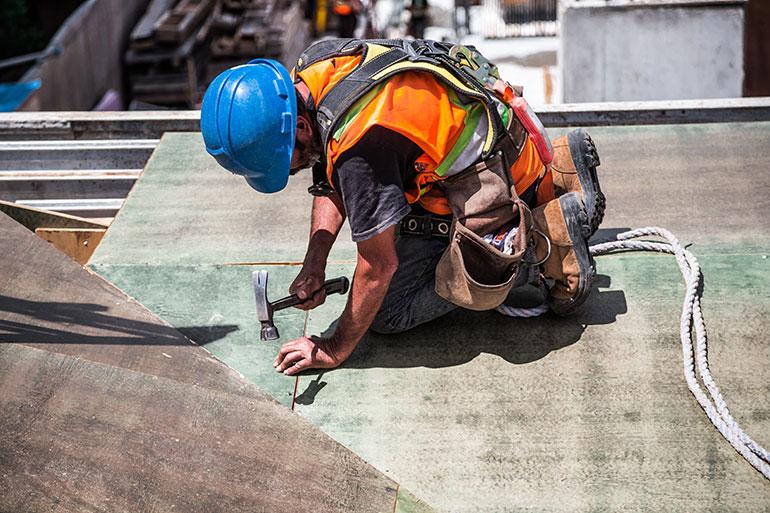Installation Techniques for PVC Tiles: Ensuring Longevity and Performance
PVC tiles are a popular flooring choice due to their durability, ease of installation, and aesthetic appeal. Whether you’re a DIY enthusiast or seeking professional installation, understanding the proper techniques is crucial for optimal performance and longevity. This article provides a comprehensive guide on PVC tiles installation and offers maintenance tips for sustained quality. PVC tiles installation offer a versatile and stylish flooring solution. Proper PVC tiles installation and maintenance are crucial for ensuring their longevity and appearance. This guide provides detailed instructions for DIY and professional installations and essential maintenance advice.
DIY PVC Tiles Installation Methods
Preparing the Surface
Clean and Level Surface: The longevity of the PVC tiles largely depends on the subfloor’s condition. It should be clean, dry, and level. Remove any debris, dust, or existing flooring, and repair cracks or uneven areas.
Essential Surface Preparation
Laying the Tiles: Accurate Measuring and Cutting
Planning and Layout: Carefully measure the room and plan the layout to minimize cutting and waste. Keep in mind the tile pattern and room dimensions.
Cutting Tiles: PVC tiles can be easily cut to size using a sharp utility knife. Ensure straight and precise cuts for a professional-looking finish.
Adhesive Application
Applying Adhesive: For adhesive tiles, apply it evenly either on the back of the tile or directly onto the sub floor. Follow the manufacturer’s instructions for the best results.
Interlocking Tiles: Interlocking PVC tiles, designed for a floating floor setup, do not require adhesive. They simply snap together, forming a tight and secure fit.
Finishing Touches: Securing the Tiles
Installation Technique: Start laying the tiles from the centre of the room and work your way outwards. Press each tile firmly to ensure it adheres correctly, and check for gaps or misalignment.
Curing Time
Allowing for Adhesive to Set: After the installation, allow the adhesive to cure for the recommended time. Avoid walking on the floor or placing heavy furniture during this period.
Professional PVC Tiles Installation Tips
Choosing the Right Professional: Selecting an Experienced Installer
Expertise Matters: For a professional PVC tiles installation, choose an installer with extensive experience in PVC tile installation. An experienced installer will ensure the tiles are laid correctly and last longer.
Ensuring Quality
Professional Inspection and Tools
Subfloor Inspection: A professional will thoroughly inspect the subfloor for any moisture issues or irregularities and take necessary actions for correction.
Utilising Specialized Tools: Professional installers use specialised cutting tools and equipment for precision and efficiency, ensuring a seamless and high-quality finish.
Maintenance Advice
Regular Cleaning: Routine Maintenance
Simple Cleaning Process: Regular cleaning is essential to maintain the appearance of PVC tiles. Sweep or vacuum to remove dust and debris, and mop using a mild detergent for a deeper clean.
Preventing Damage
Protecting Tile Surface
Caution with Chemicals: Avoid using harsh chemicals or abrasive cleaners on PVC tiles, as these can damage the surface.
Scratch Prevention: Use furniture pads under heavy furniture and be cautious not to drag sharp or heavy objects across the floor.
Addressing Repairs
Easy Tile Replacement
Individual Tile Replacement: One of the benefits of PVC tiles is the ease of replacing damaged tiles. Simply remove the affected tile and replace it with a new one without redoing the entire floor.
Conclusion
Whether opting for a DIY approach or professional PVC Tiles installation, following these guidelines will ensure that your PVC tiles are installed correctly and maintained efficiently. Proper PVC tiles installation and regular maintenance will enhance the longevity and appearance of your PVC flooring, making it a lasting addition to your space.
Frequently Asked Questions (FAQs)
1. What are some tips for the DIY installation of PVC tiles from Camp Manufacturing?
For successful DIY installation of our PVC floor tiles, ensure the subfloor is clean, dry, and level. Measure the area accurately and plan the tile layout to minimize waste. If using adhesive tiles, apply the adhesive evenly and press the tiles firmly into place. For interlocking tiles, simply snap them together. Allow sufficient time for the adhesive to cure before using the space.
2. Can I replace a damaged PVC tile, or do I need professional help?
One of the advantages of our PVC tiles is the ease of replacement. If a tile is damaged, the user can typically replace it without professional assistance. Simply replace the damaged tile with a new one, ensuring it fits securely into place.
3. How do I maintain and clean PVC tiles from Camp Manufacturing?
Maintaining our PVC tiles is straightforward. Regular sweeping or vacuuming is recommended to remove dust and debris. For deeper cleaning, mop the tiles with a mild detergent. Avoid using abrasive cleaners or harsh chemicals, which can damage the tile surface.
4. Are the PVC tiles from Camp Manufacturing suitable for high-moisture areas?
Yes, our PVC tiles are designed to be moisture-resistant, making them suitable for high-moisture areas like bathrooms, kitchens, and basements. However, it’s crucial to ensure the subfloor is sealed correctly and that spills are cleaned promptly to prevent water damage.
5. Does Camp Manufacturing offer guidance on the best PVC tile options for different spaces?
Absolutely. We provide expert guidance to help customers select the Best PVC Tile options for their specific needs. Whether for a residential space, a commercial area, or a unique application, our team can advise on the best tile type, design, and installation method to suit each unique space and requirement.

